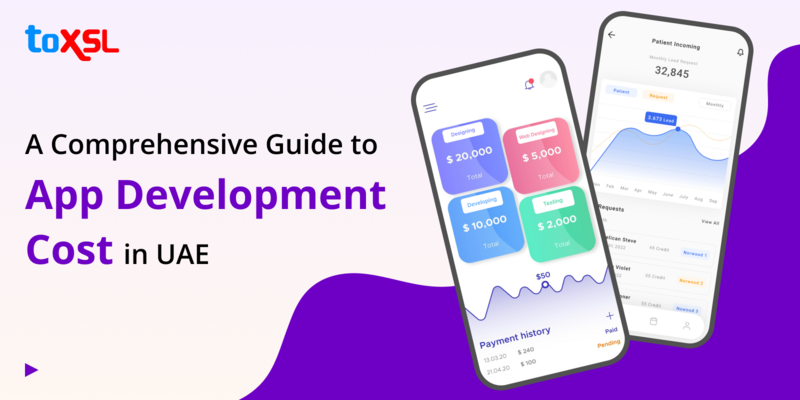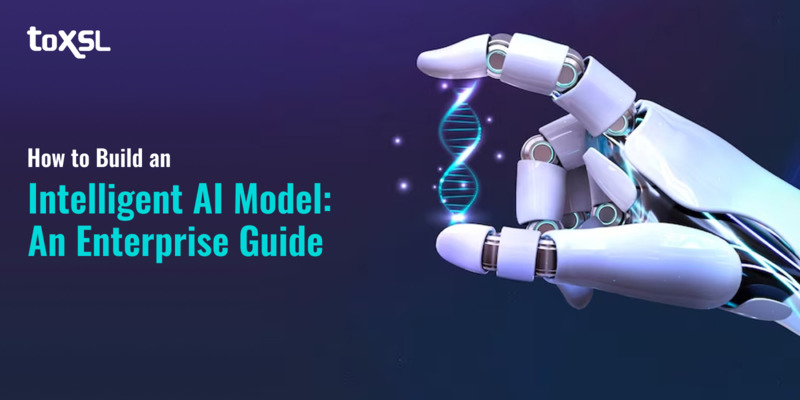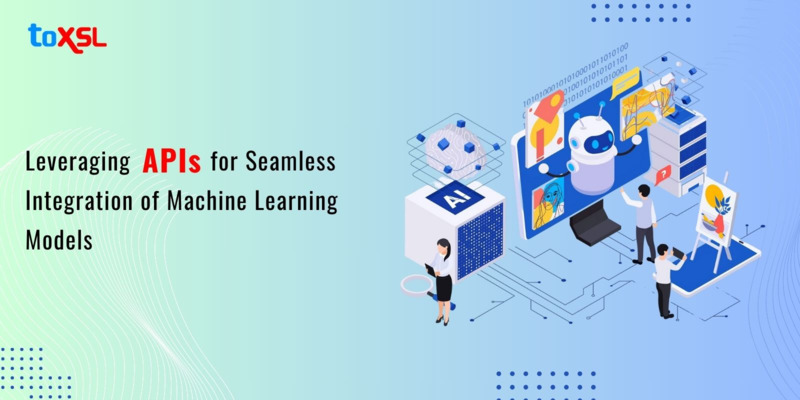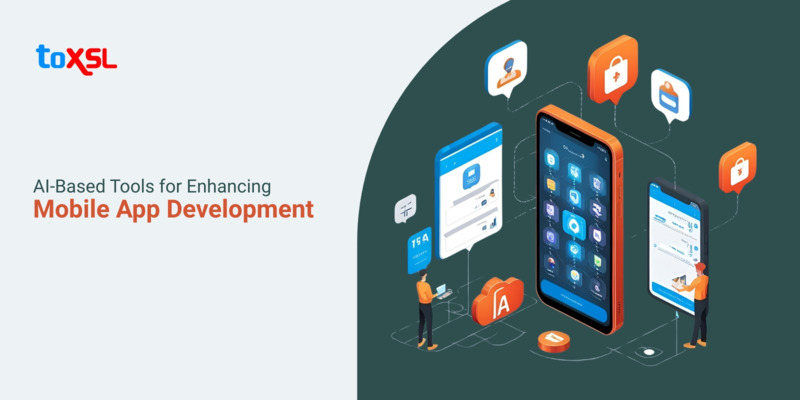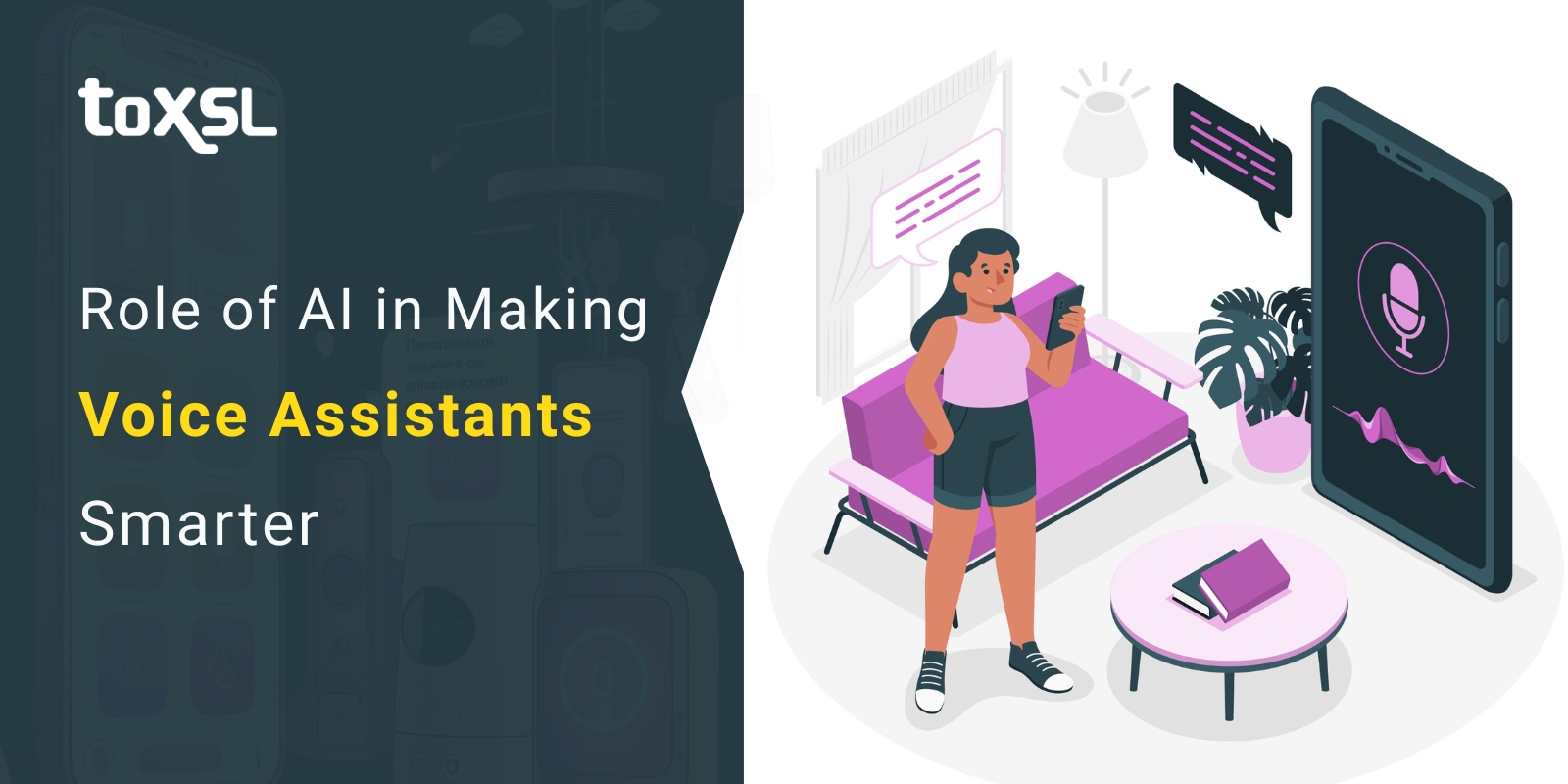
Voice assistants have become an important part of our modern life. From smartphones and smart speakers to cars and home automation systems, what once started as simple voice command tools have evolved into professional conversational agents capable of understanding context, adapting to individual users, and performing complex tasks. This transformation is driven by advances in Artificial intelligence, making voice assistants smarter and more human-like.
Voice assistants such as Apple’s Siri, Amazon’s Alexa, Google Assistant, and Microsoft’s Cortana have become household names. They help users perform tasks such as setting reminders, playing music, controlling smart home devices, checking weather updates, and even managing user’s schedules, using simple voice commands.
However, the true magic lies beneath the surface. AI is the invisible force that enables these assistants to understand natural language, maintain conversations, learn from interactions, and personalize responses. Without AI, voice assistants would remain simple tools limited to a few commands.
Key Takeaways:
- AI helps voice assistants hear, understand, and talk back naturally.
- Voice assistants learn from you to give more personalized and helpful responses.
- They can sense emotions and sometimes predict what you need before you ask.
- Voice assistants are used in many areas like smart homes, healthcare, customer support, and entertainment.
- There are challenges like privacy and errors, but AI is improving to make assistants smarter and safer.
AI Technologies Behind Voice Assistants
Want to learn how AI makes voice assistants smarter? To understand the “how”, you must understand the core technology behind AI voice assistants.
- Automatic Speech Recognition (ASR): Want to convert spoken language into text? Automatic Speech Recognition is the tech behind that. ASR analyzes audio signals, identifies distinct units of sound, and maps them to words. Early ASR systems had a hard time with accents, background noise, and homophones. However, modern AI-powered ASR uses deep neural networks trained on vast datasets to achieve near-human accuracy. One of the best examples of an ASR system is Google ASR system which is trained on billions of words from various sources, enabling it to understand various accents and dialects,
- Natural Language Understanding (NLU):Natural Language Understanding helps users comprehend the meaning behind words. It includes parsing sentences, and identifying entities such as dates, places, names, and more. For example, if we have a phrase “Book me a flight to New York next Monday” needs help to extract the date, action, and destination. NLU models use techniques such as semantic parsing, named entity recognition, and intent classification.
- Dialogue Management: Conversations are only maintained within the system when it remembers the previous context, manages the dialogue state, and handles issues. AI-drive dialogue management tracks context multiple times and allows users to follow up on questions naturally. For example in the following example, the assistant needs to understand that “tomorrow” refers to the weather forecast and provides the relevant information without needing the user to repeat the entire query.
- User: “What’s the weather like today?”
- Assistant: “It’s sunny and 75 degrees.”
- User: “What about tomorrow?”
- Text-to-Speech (TTS) Synthesis: Once the smart voice assistant understands the context and formulates responses, the Text-to-Speech system sounds robotic and monotonous, but AI-driven neural TTS models produce speech with natural intonation, rhythm, and emotions, including WaveNet and Tacotron. This advancement makes interactions more pleasant and engaging, encouraging users to rely on voice assistants for longer and more complex conversations.
- Machine Learning and Personalization: Machine learning algorithms analyze user interactions to improve accuracy and personalize experiences. By learning individual speech patterns, vocabulary, preferences, and habits, voice assistants can customize responses and suggest relevant content. For example, if a user frequently asks for technology news, the assistant will prioritize tech news updates.
- Multilingual and Cross-lingual Capabilities: AI models trained on diverse linguistic datasets enable voice assistants to understand and respond in multiple languages and dialects. Some assistants can even switch languages mid-conversation, catering to bilingual users seamlessly.
How AI Makes Voice Assistants Smarter and More Human-like
The integration of these AI technologies has transformed voice assistants in several ways:
- Handling Natural Conversations: Before, voice assistants only understood exact commands, which could be annoying. Now, with AI, they can understand how people talk in real life, including slang and different ways of saying things. They can also do more than one thing at a time, like “Find a nearby Italian restaurant and book a table for two at 7 PM.” AI also helps assistants have longer talks with you. They remember what you said and can ask questions back. This makes talking to them feel more like talking to a person.
- Customization and Adaptability: AI personalization is amazing. Voice assistants get to know each person better by learning how they talk and what they like. They can tell different voices apart, understand accents, and remember your favorite things. For example, Amazon Alexa has a feature called “Voice Profiles.” It can recognize who is speaking in your home and give each person their special answers, like playing their favorite music or reminding them about their schedule.
- Emotional Intelligence: Some advanced AI can hear how you’re feeling from your voice, like if you’re frustrated, happy, or need help fast. This helps the assistant respond with kindness or act quickly if it’s urgent. For example, if someone sounds upset and says, “I need help,” the assistant can quickly reach out to emergency contacts or say something comforting to make them feel better.
- Assistance and Anticipation: AI helps voice assistants do more than just answer questions—they can help you before you even ask. By looking at things like your past habits, calendar, where you are, and what’s happening around you, they can remind you about meetings, tell you to leave early if there’s traffic, or suggest fun things to do based on the weather.
- Accessibility and Inclusivity: AI-powered voice assistants help people with disabilities use technology easily by understanding their speech, reading text aloud, controlling devices, and giving helpful reminders.
Challenges and Ethical Considerations
While AI has made voice assistants smarter, several challenges remain:
- Privacy and Data Security: These assistants deal with your stuff, so we need to make sure your information is super safe. Also, companies should be clear about how they use your data, and you should always have control over it.
- Bias and Fairness: Sometimes, AI can accidentally be unfair, especially to people with different accents or languages. This happens because of the data it learned from. We're always trying to make sure it's fair and welcoming to everyone.
- Misinterpretation and Errors: Even though they're smart, voice assistants can still get confused, especially if it's loud or your request isn't clear. We're always working to make them better at understanding you and fixing their errors.
- Dependence and Over-Reliance: As these assistants get better, there's a small chance we might start relying on them for everything, which could make us a bit less sharp ourselves or even lead to privacy issues if we're not careful.
The Future of AI in Voice Assistance
The future holds exciting possibilities for AI-powered voice assistants:
- Deeper Contextual Awareness: Future voice assistants are supposed to integrate more contextual data, including biometric signals, environmental factors, and emotional states to offer customized and situationally appropriate responses.
- Multimodal Interaction: By combining visuals and gestures, users can experience richer interactions. For example, a voice assistant on a smart display can show recipes while guiding cooking instructions verbally.
- Advanced Emotional and Social Intelligence: Voice assistants will become companions capable of meaningful social interactions, mental health support, and even detecting loneliness or distress.
- Expanded Language and Cultural Adaptability: AI will better serve global audiences by understanding regional dialects, cultural nuances, and code-switching between languages.
- Integration with AR/VR: Voice assistants will play a key role in AR/VR environments, enabling natural interaction within immersive digital worlds.
Final Words:
AI has helped voice assistants grow from just following simple orders to being smart helpers who can have a conversation. With better speech understanding and learning, they can answer tricky questions, remember what you like, and even help you before you ask. As AI keeps improving, voice assistants will get smarter and kinder, fitting into all parts of our lives at home, work, doctor’s offices, and for fun. Want to develop an AI voice assistant for your business? Look no further than ToXSL Technologies. We have a team of AI developers who have developed numerous AI voice assistants for businesses from various verticals. Want to learn more? Contact us today.

